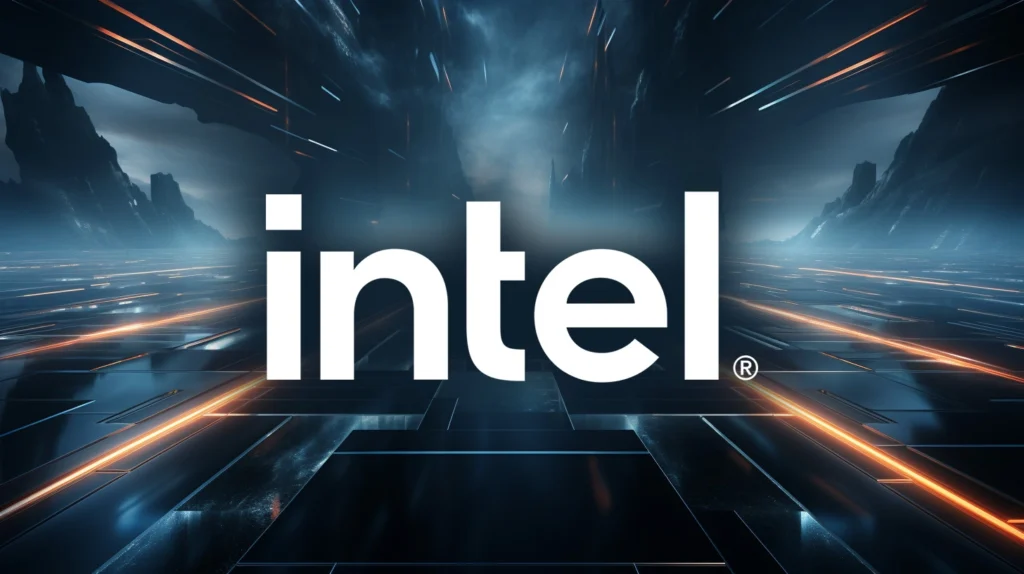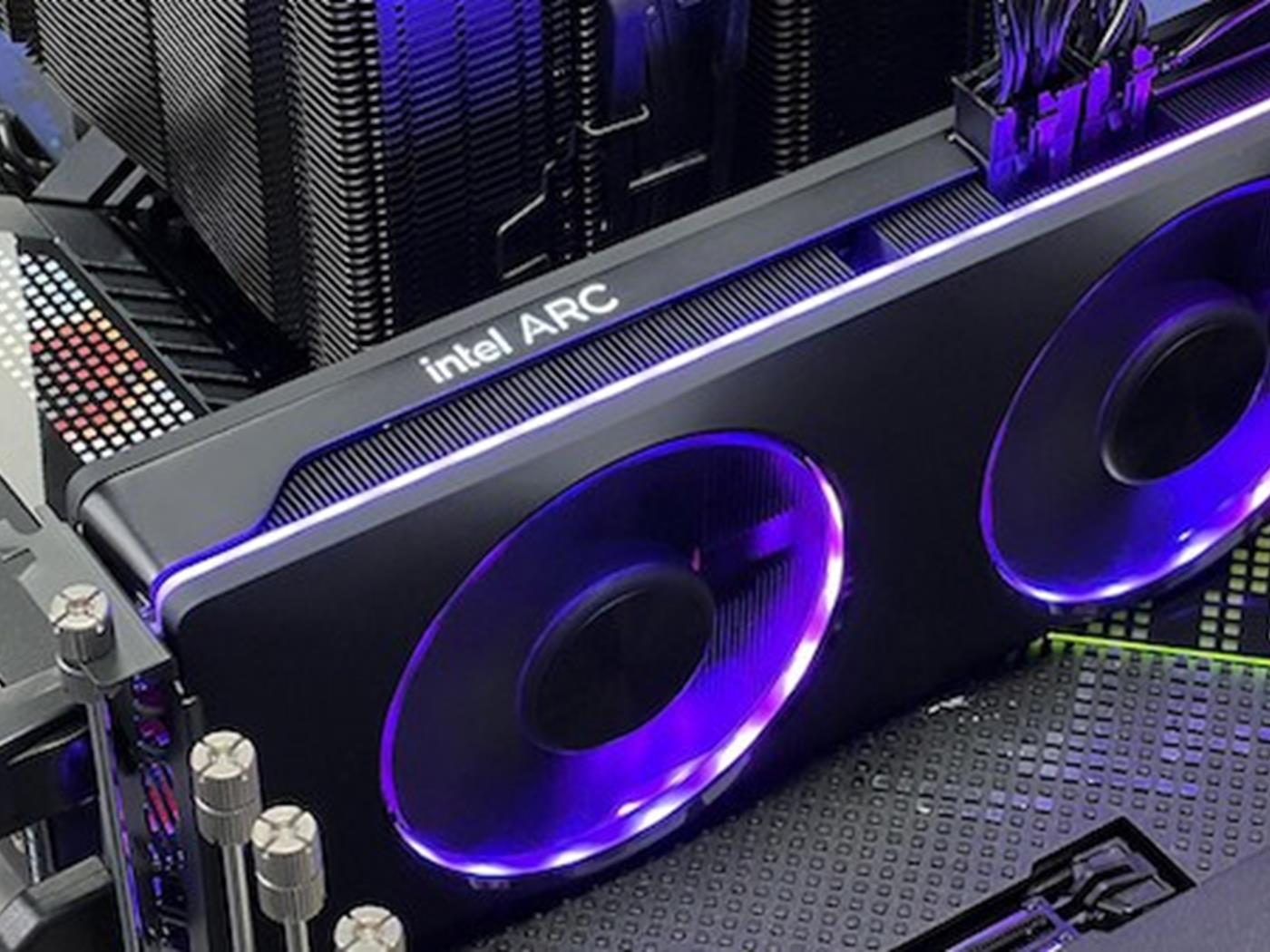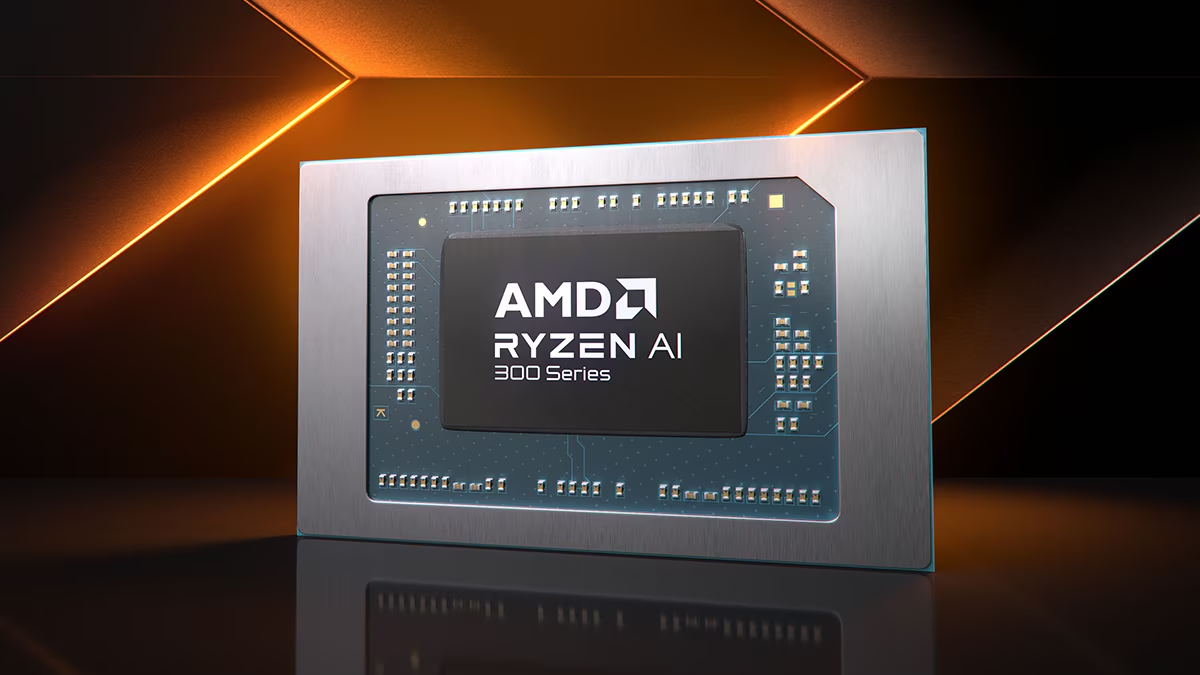
Intel has long held a prominent position in the PC processor landscape, dominating the market with its wide array of chips, many of which come equipped with integrated graphics. However, when it comes to discrete graphics, Intel’s standing has seemingly reached an all-time low. Recent analysis from Jon Peddie Research (JPR) reveals a significant shift: Intel now commands precisely zero percent of the discrete PC graphics card market, a stark decline from a minuscule 2 percent just a year ago.
In the second quarter of 2024, shipments of PC graphics cards climbed to 9.5 million units, reflecting a 9 percent increase from the previous quarter. This surge is particularly noteworthy considering the historical trend, which typically sees a 7.1 percent drop during the same period. The uptick is attributed to the launch of new graphics cards in the first quarter. However, the overarching narrative in the discrete graphics space remains dominated by AMD and Nvidia, essentially turning the market into a two-horse race.
Nvidia holds an overwhelming 88 percent share of the discrete graphics market, a notable increase from the 80 percent it held a year ago. This leaves AMD with the remaining 12 percent, underscoring Nvidia’s near-total control. Jon Peddie, president of JPR, commented on the surprising resilience of the add-in board market, which has defied long-standing predictions of its decline. Despite recent growth, overall shipments remain lower than two years ago, suggesting ongoing challenges ahead.
Adding to the irony is Intel’s recent release of the Lunar Lake mobile processor, which features a new Xe2 graphics core that Intel plans to develop into a discrete GPU known as Battlemage. However, Battlemage’s anticipated launch has been delayed, originally expected in 2023, and the market is eagerly awaiting Nvidia’s next-generation GeForce 5000 series. With prices for PC graphics cards expected to remain stable until these new offerings hit the market, the question remains: Can Intel regain any market share in a field increasingly dominated by its competitors?




